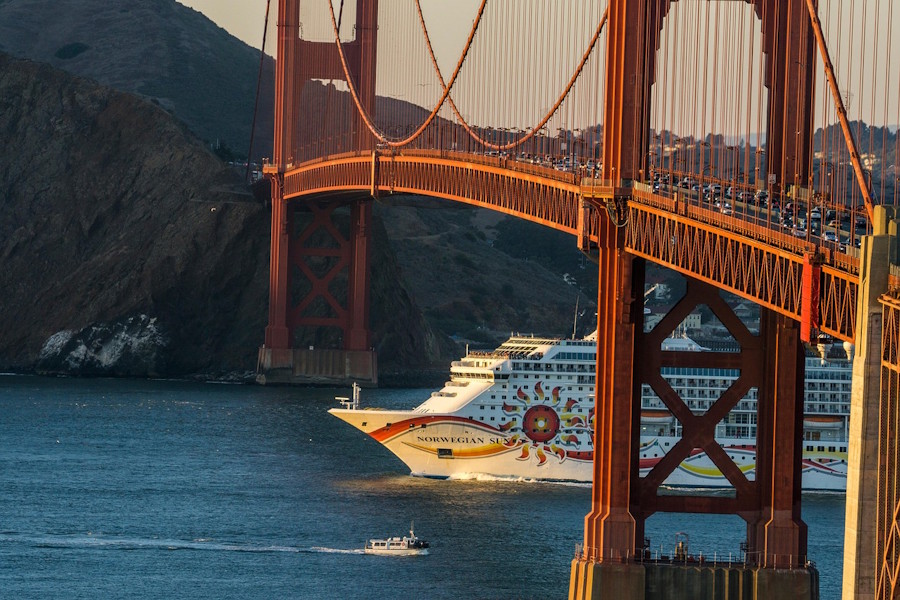Home » Do cruise ships have jails?
Do cruise ships have jails?
Updated May 30th, 2025
It’s hard to get away from people who want to cause trouble in our society, and cruise ships are no exception. So, what happens to people who have done something bad while on a cruise ship – do they get go to jail or some other holding facility?
Do Cruise Ships Have Jails? A Peek Behind the Scenes
Cruise ships are floating cities, hosting thousands of passengers and crew for days or weeks at a time. With so many people in close quarters, occasional misbehavior is inevitable. So, do cruise ships have jails? Yes, they do, though they’re called “brigs” in nautical terms. These onboard detention areas are not the grim dungeons of pirate lore but practical spaces designed to maintain order. This article dives into what brigs are, why they exist, how they’re used, and what you need to know about staying out of one.
The Brig: A Cruise Ship’s Mini Lockup
Every major cruise ship, from Carnival’s Mardi Gras to Royal Caribbean’s Icon of the Seas, has a small, secure room known as a brig. These spaces are designed to temporarily detain passengers or crew who break serious rules. Brigs are typically located below deck, near the ship’s security office, far from the vibrant pool decks or elegant dining halls. They are sparse but functional, featuring a narrow bunk, a toilet, and a locked door. There are no portholes or ocean views, ensuring a focus on containment rather than comfort.
Cruise lines like Norwegian and Princess keep their brigs discreet, often using them as storage when not needed. However, they’re always ready for use. Industry estimates suggest that 95% of large cruise ships, those carrying over 1,000 passengers, have a brig or similar space. Smaller luxury lines, such as Viking, or expedition ships may not include brigs, relying instead on swift port stops to offload troublemakers. The presence of a brig reflects the practical need to manage disruptions on larger vessels.
Why Cruise Ships Need Brigs
Cruise ships operate under maritime law, functioning as their own floating jurisdictions. Without access to local police in the middle of the ocean, onboard security teams handle a range of issues, from minor disputes to serious crimes. Brigs are reserved for incidents that pose a threat to safety or order, such as assaults, drug possession, or endangering the ship. According to the Cruise Lines International Association (CLIA), over 200 security incidents were reported across its member fleets in 2024, a small fraction of the 31 million passengers sailed but enough to justify dedicated detention spaces.
A real-life example illustrates their use. In early 2025, a passenger on Carnival’s Vista was detained in the brig after a brawl sparked by a karaoke dispute escalated. Social media posts on X described the incident, with one witness humorously noting, “He’s got a solo suite now!” The passenger remained in the brig until the ship reached Cozumel, where local authorities took over. Such cases highlight the brig’s role in maintaining order until legal intervention is possible.
What Lands You in the Brig?
Not every misstep leads to the brig. Spilling a drink or arguing over a deck chair might earn you a warning, but serious offenses trigger confinement. Cruise lines reserve brigs for specific violations, including:
- Violence: Physical fights or threats, like the karaoke brawl on Carnival’s Vista.
- Illegal Activity: Smuggling drugs, weapons, or other contraband, which security teams actively monitor.
- Disrupting Safety: Dangerous behaviors, such as climbing on railings or tampering with safety equipment like lifeboats.
- Crew Misconduct: Though rare, crew members can also be detained for rule-breaking.
Minor offenses, like skipping a bar tab or being overly loud, typically result in warnings, fines, or restrictions, such as a ban from the casino or onboard activities. However, crossing a major line, such as endangering others, lands you in the brig with little leniency.
Life in the Brig
Brigs are not designed for drama or punishment but for isolation and safety. They are basic, with minimal amenities: a bunk, a toilet, and a sink. Passengers or crew detained in a brig receive meals, often from the crew mess rather than the guest buffet, and regular check-ins from security staff. There’s no Wi-Fi, room service, or entertainment, making the experience intentionally uneventful. Stays are typically short, lasting a few hours to a couple of days until the ship reaches a port where local authorities can intervene.
Once the ship docks, serious offenders are handed over to law enforcement, often with a lifetime ban from the cruise line and a bill for any costs incurred, such as itinerary changes. Cruise lines prioritize swift resolution to ensure the safety and enjoyment of all guests.
Updates: Technology and Transparency in Cruise Security
Cruise ship security has evolved significantly. Modern ships employ advanced technology to prevent and manage incidents. For example, Royal Caribbean’s Icon of the Seas uses facial recognition to identify potential troublemakers early. Norwegian has introduced “calm-down rooms” on some ships, padded spaces designed for de-escalation before resorting to the brig. These rooms aim to calm individuals, particularly in cases of intoxication or emotional distress, reducing the need for confinement.
Transparency has also improved. Following high-profile incidents, such as a drug bust on Celebrity Beyond in 2023, cruise lines have become more open about their security measures. Many now include brig policies in their FAQs, reassuring guests that safety is the top priority. This shift reflects growing public interest in onboard safety, fueled by social media discussions on platforms like X.
Fun Fact: The Nautical Roots of the Brig
The term “brig” has historical roots in naval tradition, originating from brigsantine compartments on old sailing ships where troublemakers were confined. Modern brigs are far less romantic than their pirate-era counterparts, focusing on practicality over punishment. While you won’t be “walking the plank,” cruise lines rely on paperwork, security protocols, and handcuffs to manage offenders. The brig’s evolution from naval history to modern cruising underscores its enduring role in maintaining order at sea.
Staying Out of Trouble: Tips for a Smooth Cruise
Avoiding the brig is simple with a bit of common sense. Here are some tips to ensure your cruise remains trouble-free:
- Follow Ship Rules: Respect guidelines on alcohol consumption, smoking, and behavior in public areas.
- Stay Calm: Disputes, like arguments over karaoke or deck chairs, are better resolved with words than actions.
- Know the Consequences: Serious offenses lead to confinement, fines, bans, and potential legal action at port.
- Report Issues: If you witness unsafe behavior, alert security rather than intervening yourself.
The Role of Brigs in the Cruise Experience
Brigs are a small but essential part of cruise ship operations, ensuring that the vast majority of passengers can enjoy their vacation without disruption. They’re rarely used, but their presence provides peace of mind for both guests and crew. Cruise lines invest heavily in safety, from trained security teams to advanced surveillance, to keep incidents to a minimum. The brig serves as a last resort, a reminder that even on a floating paradise, rules matter.
The Bottom Line: Brigs Keep the Peace
Yes, cruise ships have jails, or brigs, designed to handle rare but serious incidents. They’re discreet, functional, and a critical part of the safety puzzle. While the chances of seeing the inside of a brig are slim, understanding their purpose adds perspective to the complex world of cruise ship operations. So, sip your piña colada, enjoy the karaoke, and steer clear of trouble, nobody wants a vacation detour to the brig!

RECENT POSTS

Discover the Cruise Ports of Eastern Canada & Quebec
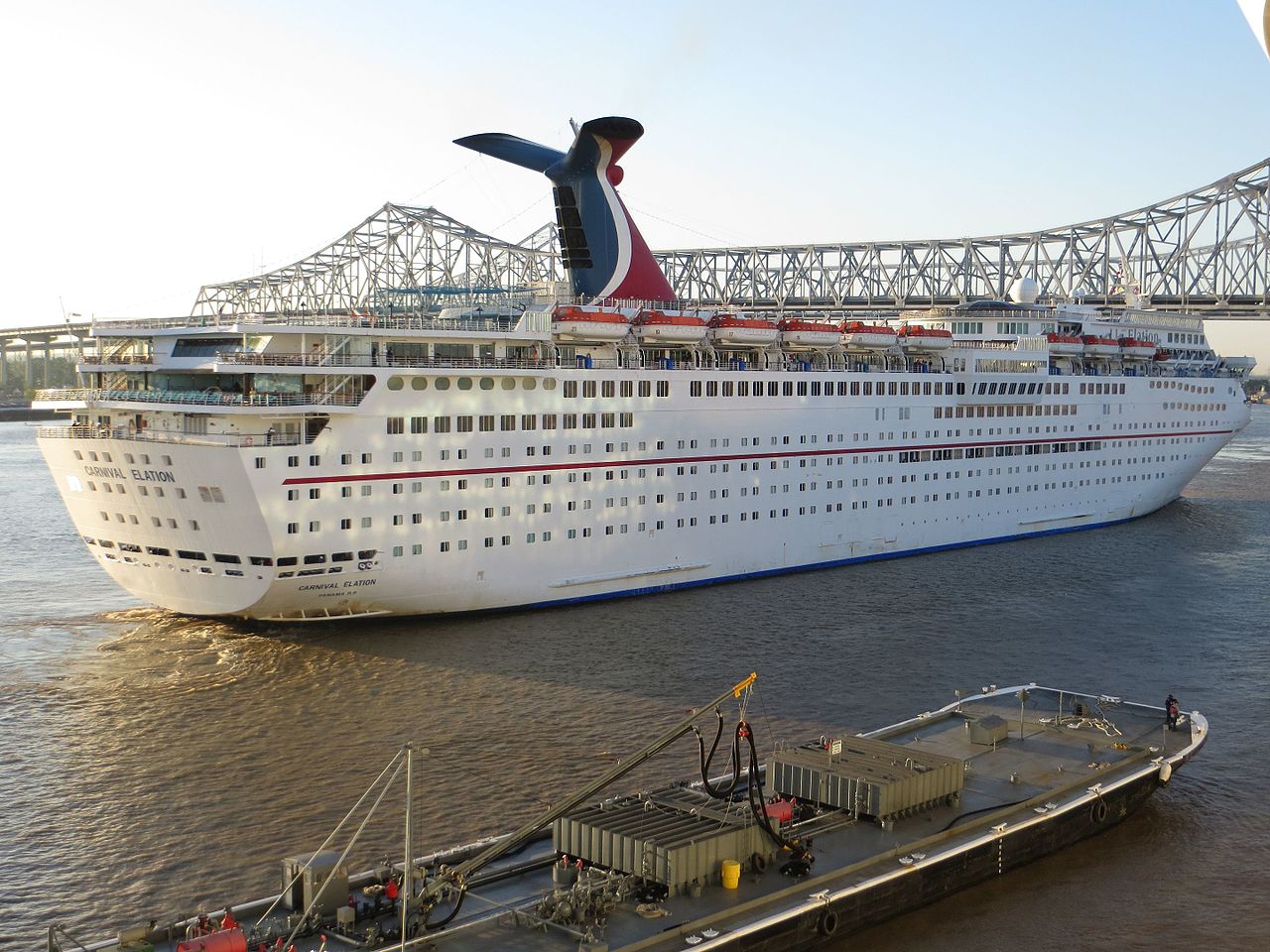
Inside the Worst Cruise Lines: Lowest-Rated Ships and Why They Disappoint
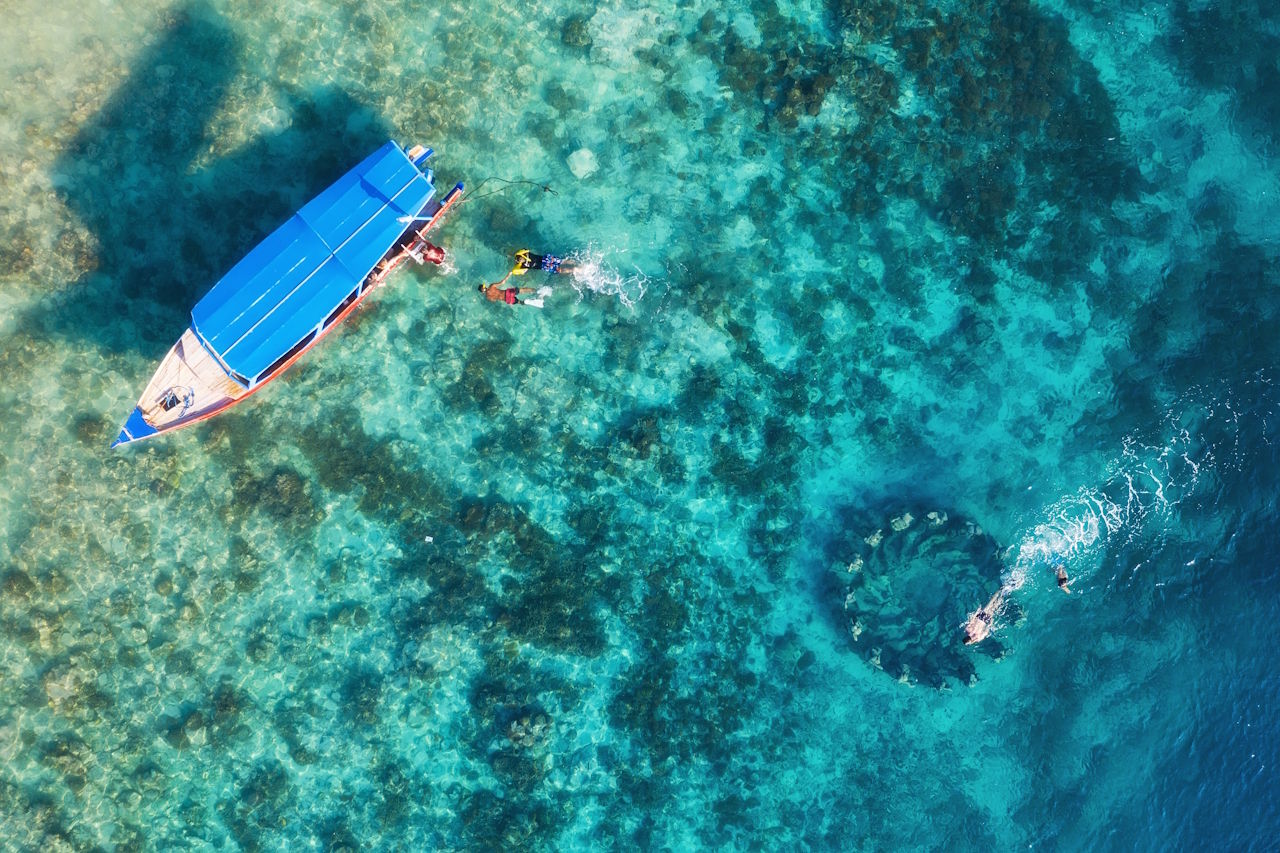
Snorkeling in Cozumel: A Cruise Passenger’s Guide for Your Port Day
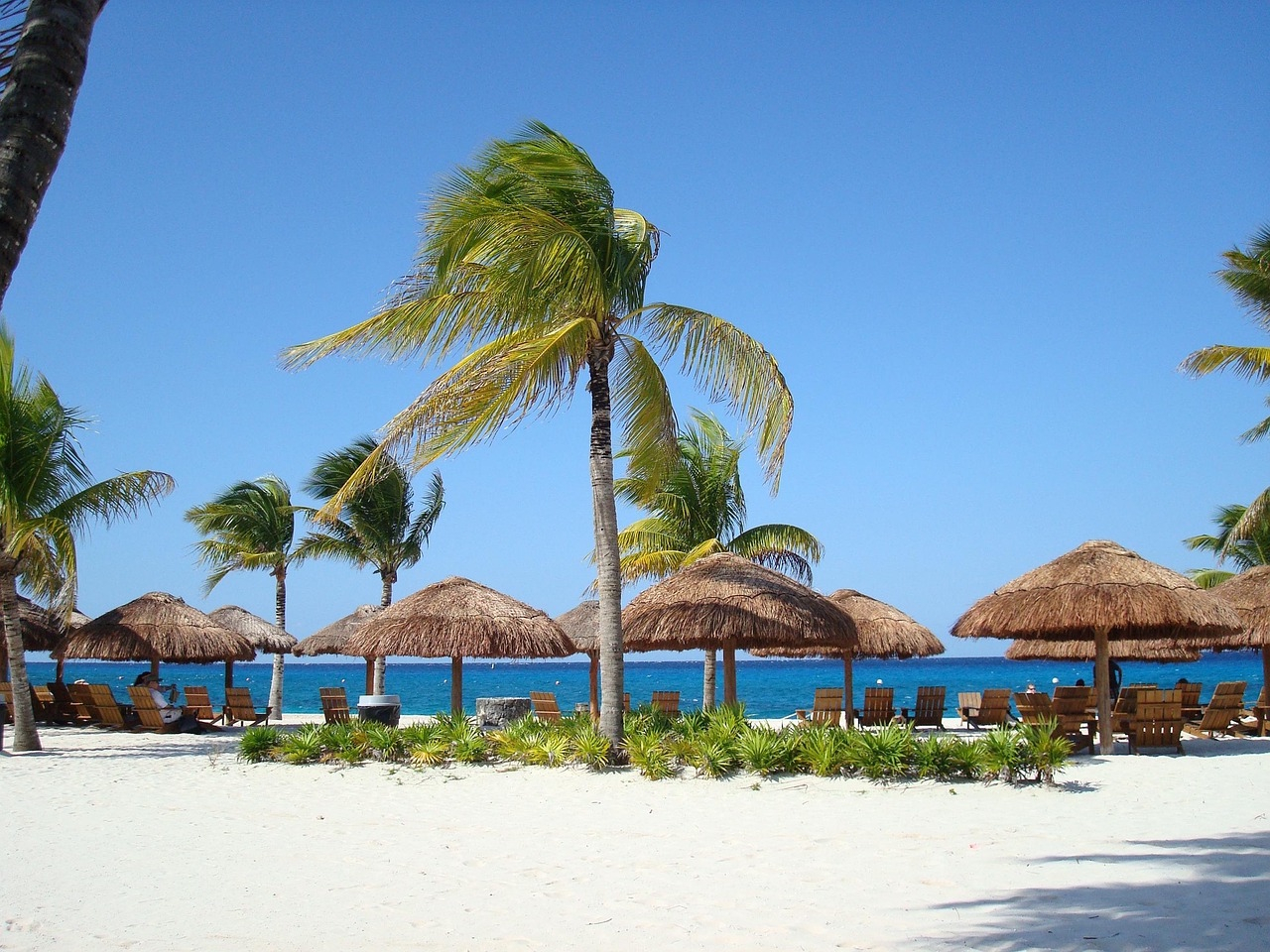
How to Make the Most of a Short Port Stop in Cozumel
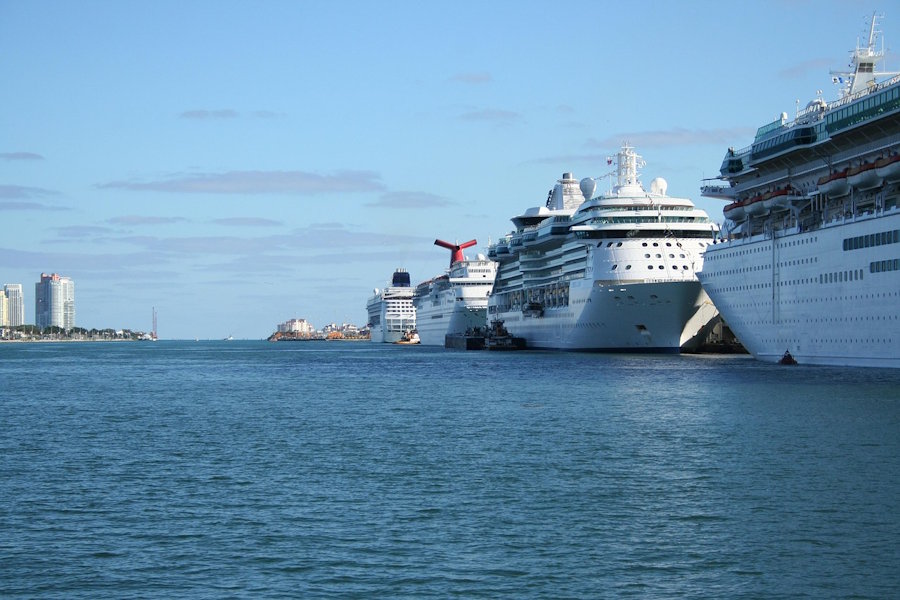
Cruise Ship Ports in Florida
